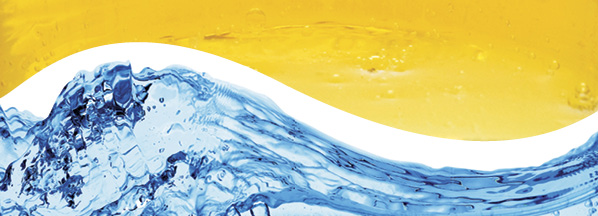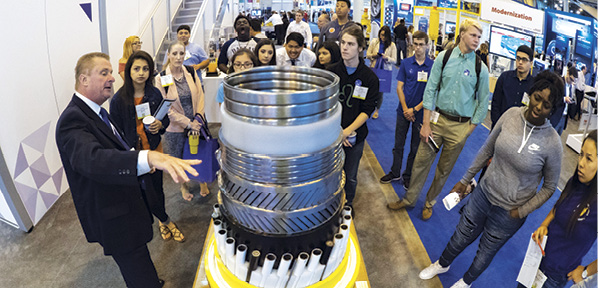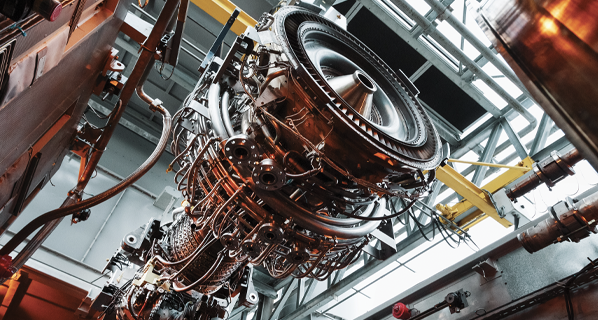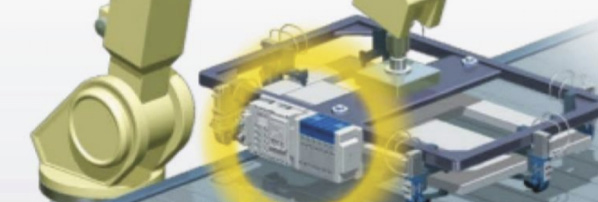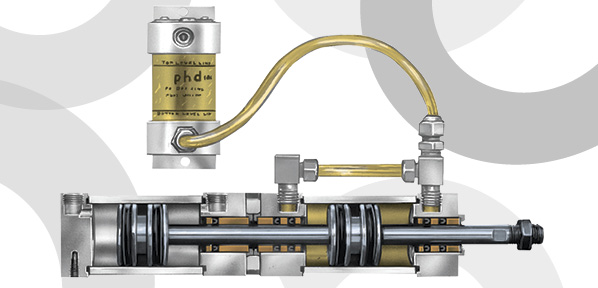Then and Now: Energy Awareness
By Dan Helgerson, CFPAI/AJPP, CFPS, CFPECS, CFPSD, CFPMT, CFPCC
The Journal is celebrating a 25-year milestone in 2019 and reflecting on how far the industry has come since the birth of the magazine. This new column is dedicated to showcasing the growth of fluid power technology. Each article features a product or industry analysis and how it has transformed from its early years. If you have a product or analysis to share with the Journal readers, please contact Candace Nicholson at cnicholson@fluidpowerjournal.com.
In 1994, I visited an injection molding plant in Claremont, New Hampshire. The facility had four molding centers and was planning to purchase a fifth. Each center was equipped with a 10-ton chiller requiring a 7.5 kW (10 hp) motor and a circulation pump driven by a 3.7 kW (5 hp) motor. Each molding center had a 45 kW and a 30 kW (60 hp and 40 hp) motor to drive the fixed displacement hydraulic pumps. The chillers were maxed out, which meant they were extracting about 45 kW (60 hp) of heat from the hydraulic system. The system consumed 85 kW (115 hp) with 56 kW (75 hp) consumed to either produce or remove heat.
The system was only 34% efficient!
Someone in the fluid power industry designed this system. Clearly the emphasis was not on efficiency or cost of ownership, but only on the initial price. To the injection molding company, this was simply the necessary cost of using hydraulics, not realizing that the heat generated degraded the hydraulic fluid, increased internal and external leakage, impacted the environment with disposal of spent hydraulic fluid, and wasted energy resources, all of which resulted in lost revenue.
This was one of the events that caused me to focus on energy issues related to fluid power. I thought it was necessary to increase awareness of the need to design more efficient systems within our own ranks. This often put me at odds with others in the industry. One pneumatic sales associate commented to me that he could have the purchase order in hand and be off to the next account while I was still trying to squeeze the last Nlm (scfm) out of the system.
As I became more involved with the International Fluid Power Society, I saw an opportunity to advance the idea of being good stewards of the resources given to us. In 2008, I began a series of articles for the Fluid Power Journal that I put under the heading of “Watts It All About.” This became my forum for presenting ways to think differently about transferring energy through fluids. The articles began with describing the benefits of variable frequency drives, and has since covered the energy implications of flow controls, pressure reducing valves, pressure regulators, accumulators, and much more.
More recently, there has been an opportunity to present some new perspectives on fluid energy that allow us to think in terms of energy units, combining volume and pressure, rather than separating volume and pressure into distinct entities. The Journal has published a series of articles on “Transforming Fluid Power” where the implications of using energy units could be explored. This led to a series of webinars by the International Fluid Power Society where Pulse Frequency Modulation (PFM) for variable displacement hydraulic motors and Variable Displacement Transformers (VDT) for fixed hydraulic and pneumatic actuators were presented. These systems allow for velocity to be set without restrictive flow controls. The actuators draw only the energy needed at the necessary rate to do the work, regardless of load or available pressure.
Another article covered the characteristics of Digital Displacement pumps. This is another innovation that is proving to be very beneficial in improving energy efficiency.

Over the years, I have seen the fluid power industry become more and more aware of the need for energy efficiency. The International Fluid Power Society has a sub-committee on Environmental Stewardship. The U.S. Department of Energy has realized the significance of fluid power and has provided funding for research and the development of products that will improve efficiency. Compressed Air Challenge has spotlighted the need for more efficient use of pneumatics, providing solutions to common, and often overlooked problems.
The International Fluid Power Society has dramatically increased its membership and increased its offering of certifications. The new study guides include energy and safety tips that have improved the level of professionalism in the fluid power industry and the awareness of the need for greater efficiency.
Have we arrived? Certainly not! New concepts like the VDT, PFM, and Digital Displacement are slow to catch on. “We’ve never done it that way before” is still a barrier to progress. But awareness is increasing, and the Fluid Power Journal is a leader in providing information and continues to be a forum for me.
All of the subjects discussed here are available for review at www.fluidpowerjournal.com/watts-it-all-about. The web seminars are available for members at www.IFPS.org or can be viewed at www.danhelgerson.com/videos-and-webinars. If you have any questions, please contact Dan Helgerson at Dan@DanHelgerson.com.

